Babies enter the world with an incredible capacity to learn and explore through their senses. Understanding and supporting a baby’s sensory development is crucial for their growth and overall well-being. This article will explore how babies perceive their surroundings and provide practical tips for nurturing their sensory development.
A series of sensory experiences mark a baby’s journey into the world, each playing a crucial role in shaping their understanding and interaction with their environment. From the delicate grabbing of a parent’s finger to the splash of colours they perceive, sensory development is important to a child’s mental and motor progress. This guide will look at babies’ development of their senses, offering insights into their milestones and challenges, and how parents can support this phase of development.
1. The Marvel of Baby’s Senses
a. A Multisensory Journey:
Babies experience the world through their senses of touch, sight, hearing, taste, and smell. These senses work together to help them learn about their environment.
b. Sensory Development Milestones:
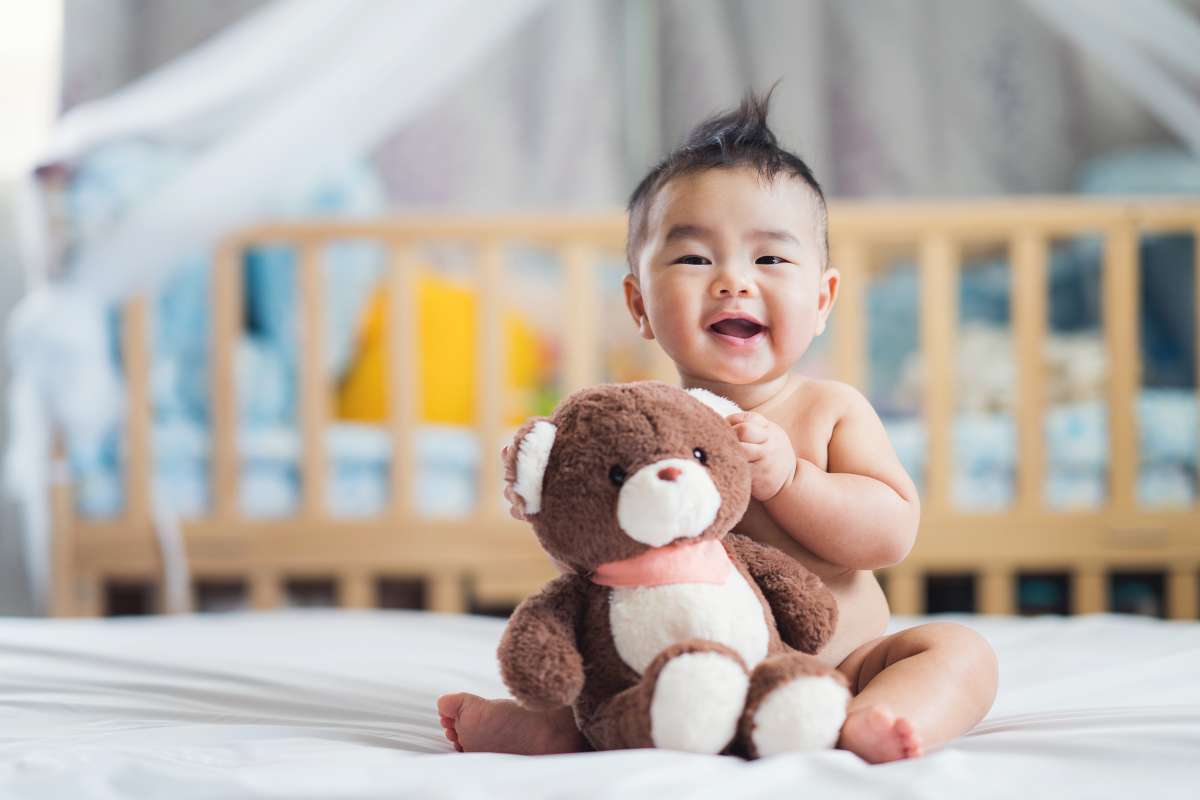
Baby’s sensory development progresses rapidly, with each sense reaching various milestones during the first year of life.
c. The Role of Caregivers:
Parents and caregivers are crucial in providing sensory-rich experiences that help with the baby’s development.
2. The Sense of Touch
a. Skin-to-Skin Contact:
Holding your baby close and providing skin-to-skin contact build emotional bonding. It also helps regulate their body temperature and heartbeat.
b. Gentle Massages:

Massages promote relaxation and stimulate the sense of touch, helping body awareness development.
c. Soft Textures and Tactile Play:
Introduce your baby to different textures through soft toys, blankets, and physical play experiences.
3. The Sense of Sight
a. Visual Stimulation:
Provide visually stimulating toys and objects encouraging your baby to focus and track movements.
b. High-Contrast Images:
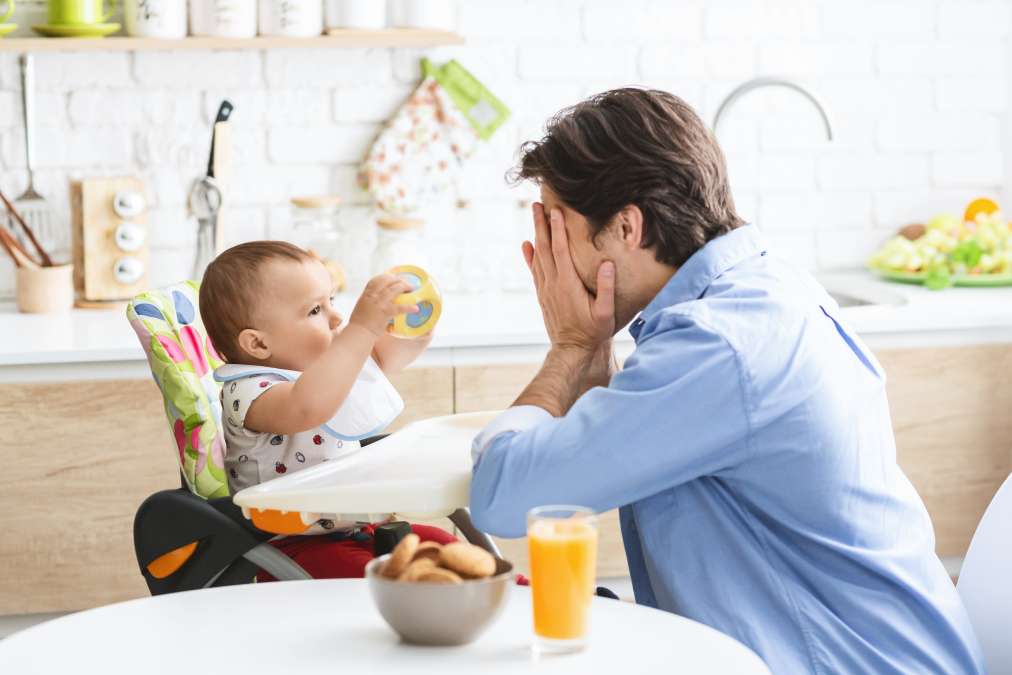
Black and white patterns and high-contrast images captivate a baby’s developing visual system.
c. Tracking Movements:
Moving objects slowly in front of your baby’s gaze helps improve their tracking skills.
4. The Sense of Hearing
a. Soothing Sounds:
Gentle sounds, such as white noise or nature sounds, can soothe a fussy baby and create a calming environment.
b. Music and Lullabies:
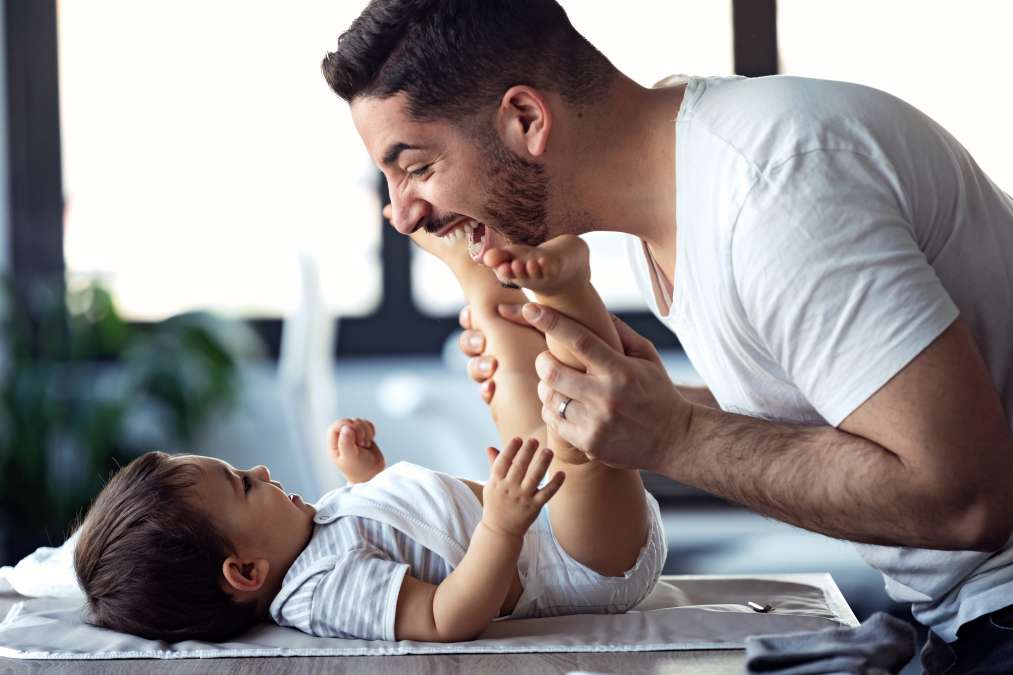
Singing and playing music introduce rhythm and melody to your baby’s auditory experience.
c. Talking and Singing:
Engage in conversation with your baby, as hearing language from an early age is essential for speech development.
5. The Sense of Taste
a. Breastfeeding and Bottle Feeding:
Feeding introduces babies to various tastes and textures.
b. Introduction to Solids:
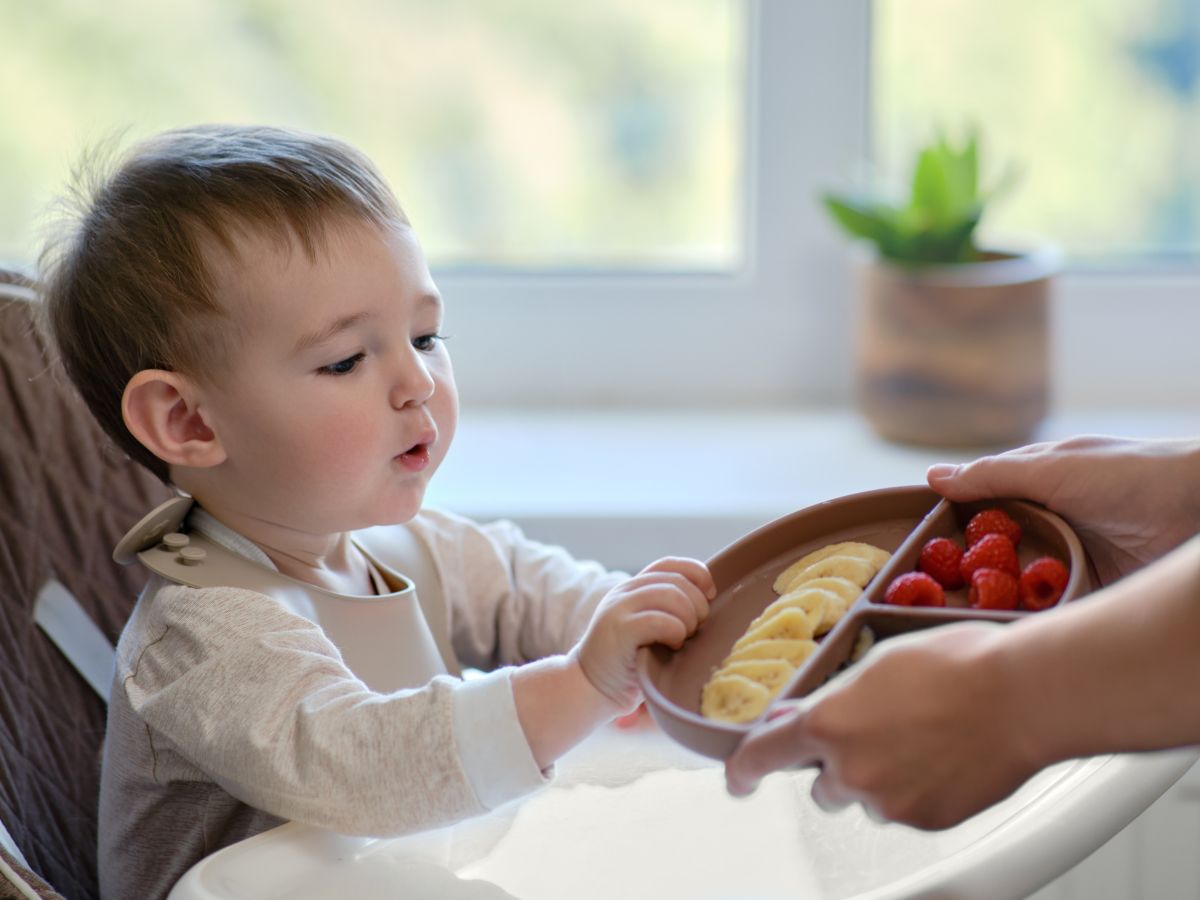
As your baby starts solids, offer a variety of flavours to expand their palate.
c. Exploring Flavors:
Encourage exploration by letting your baby taste safe and age-appropriate foods.
6. The Sense of Smell
a. Familiar Scents:
Familiar scents, including the smell of their caregiver, comfort babies.
b. Aromatherapy and Scents in the Environment:
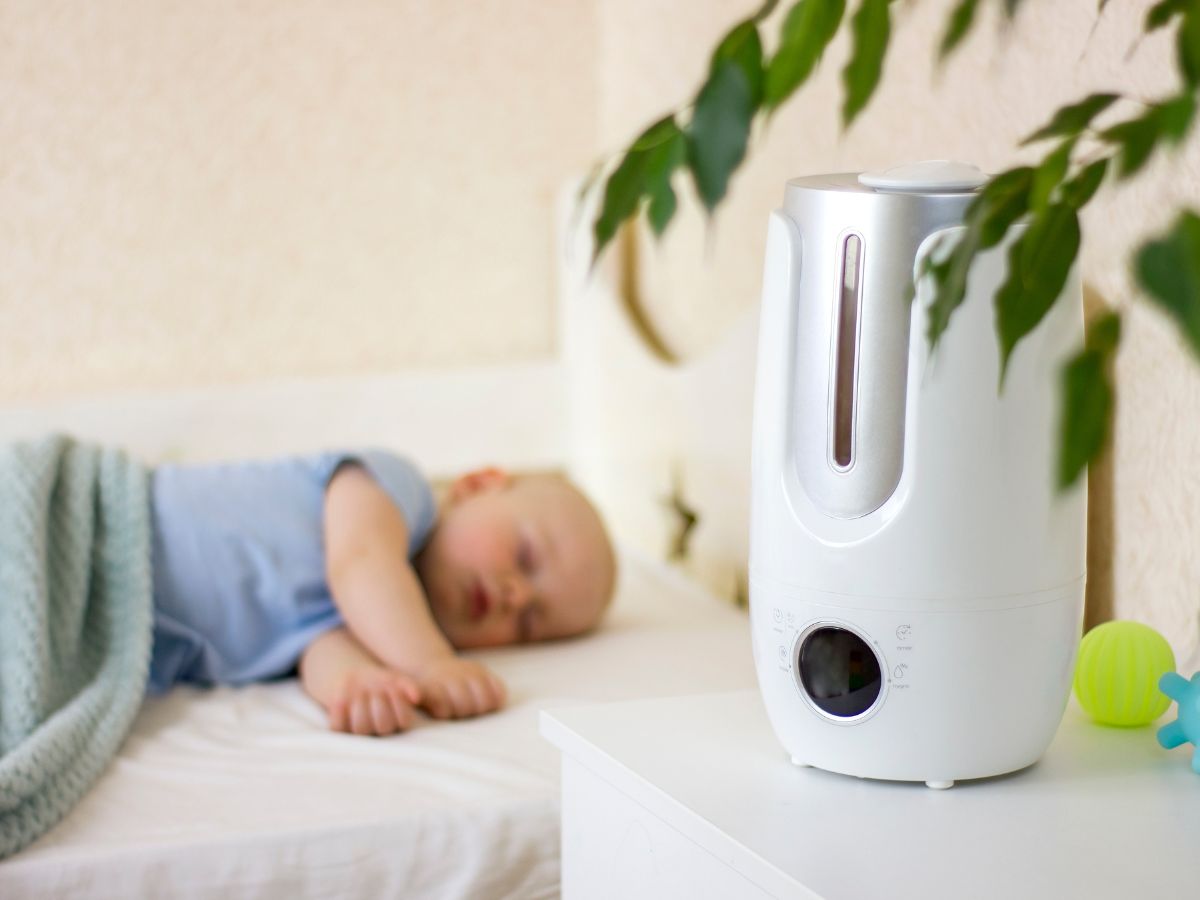
Use gentle aromatherapy or natural scents in your baby’s surroundings to create a sensory-rich atmosphere.
c. Sensory Exploration:
Offer scented objects for your baby to explore, such as flowers or herbs.
7. Multisensory Activities for Baby
a. Sensory Play:
Engage in sensory play activities with different textures like water play, finger painting, or sensory bins.
b. Nature Exploration:

Outdoors exposes your baby to various natural sensory experiences.
c. Storytelling and Rhymes:
Reading and singing to your baby triggers multiple senses, including hearing and sight.
8. Sensory Development Milestones
a. The First Three Months:
Babies begin to focus on faces, track objects with their eyes, and respond to soothing sounds.
b. Six to Nine Months:
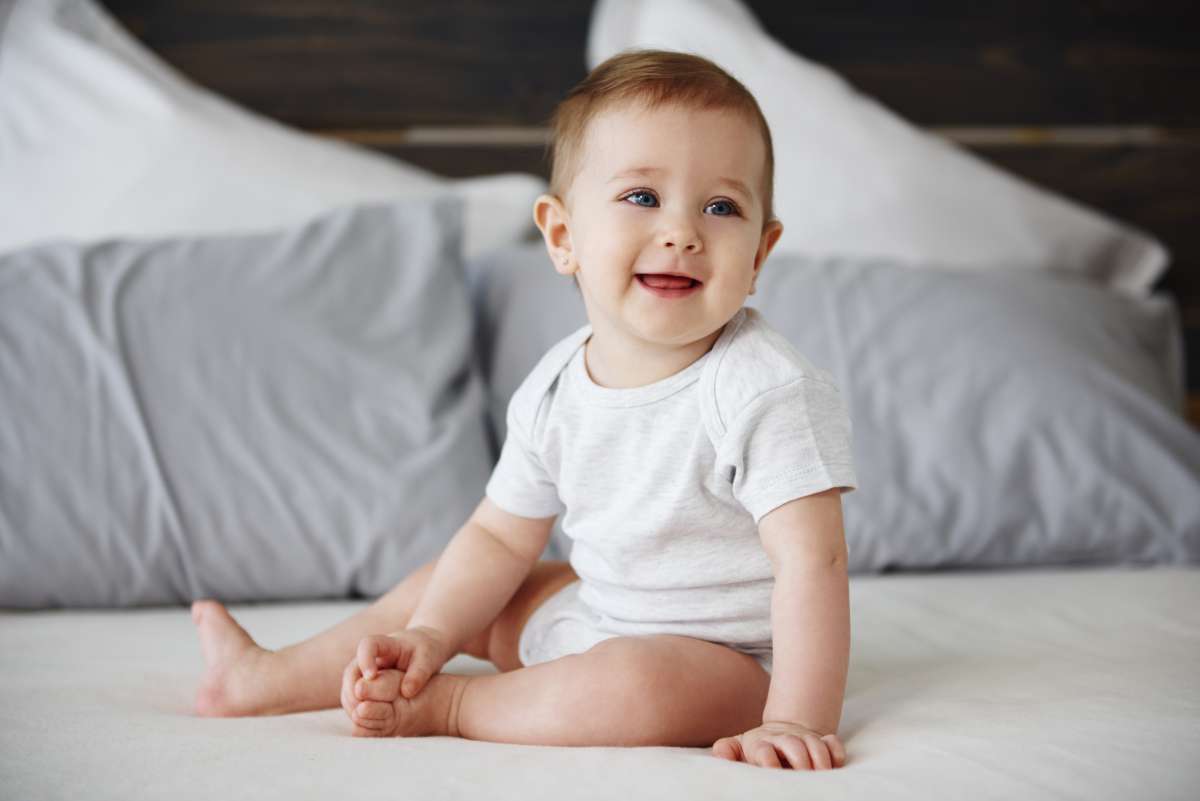
Sitting up allows for more exploration, and babies start to grasp and manipulate objects.
c. Beyond the First Year:
By their first birthday, babies may be crawling, standing, and taking their first steps, enhancing their sensory experiences.
9. Nurturing Emotional and Cognitive Growth
a. Building Trust and Security:
Consistent sensory experiences build trust and security, building emotional well-being.
b. Promoting Cognitive Skills:
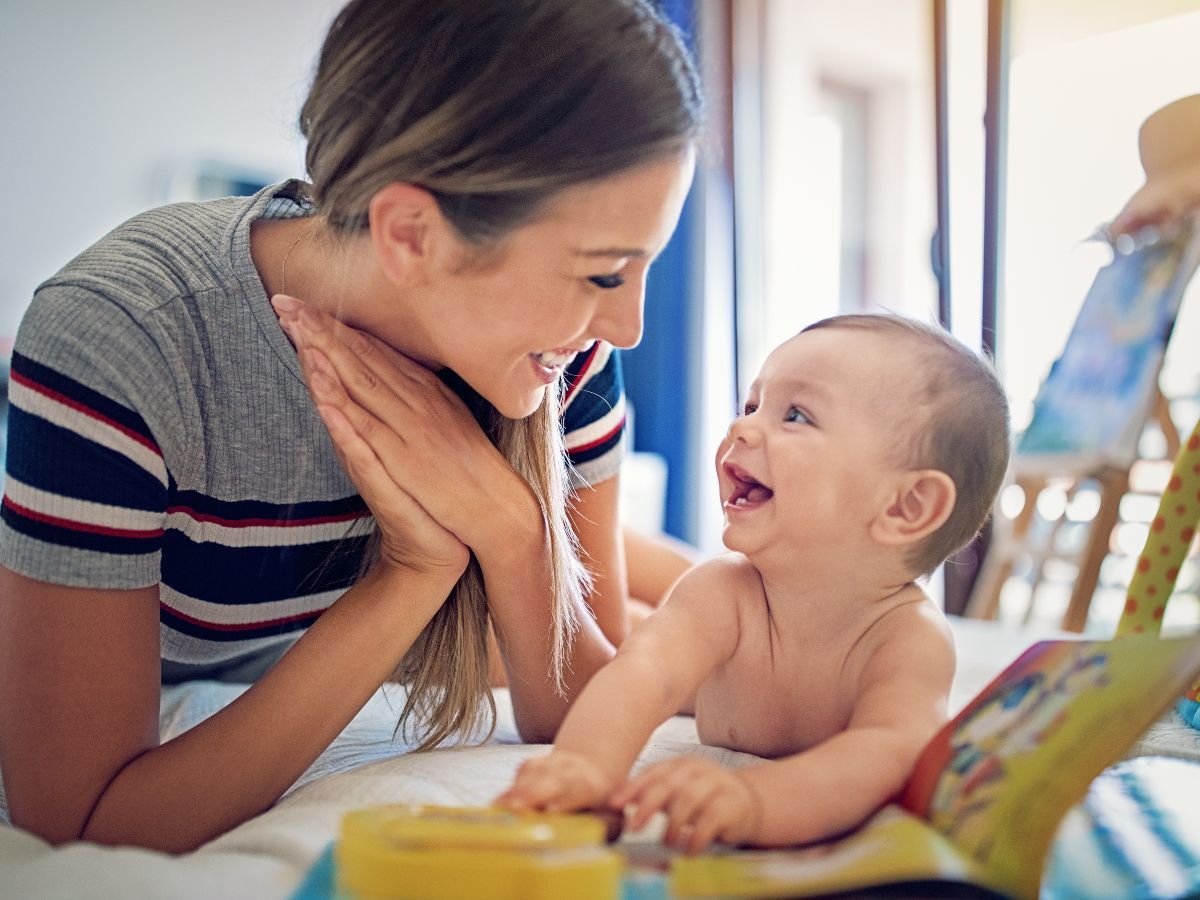
Sensory-rich environments encourage brain development by stimulating curiosity and problem-solving.
c. The Role of Responsive Care:
Responding to your baby’s sensory needs not only enhances their overall development but also strengthens the bond between parent and child.
Understanding and nurturing a baby’s sensory development is a fulfilling journey that enhances their physical, emotional, and mental growth. By providing sensory-rich experiences and responsive care, you are laying the foundation for a confident, well-rounded child in tune with the world around them. Embrace this sensory journey, as it is a precious time of discovery and bonding with your little one.
